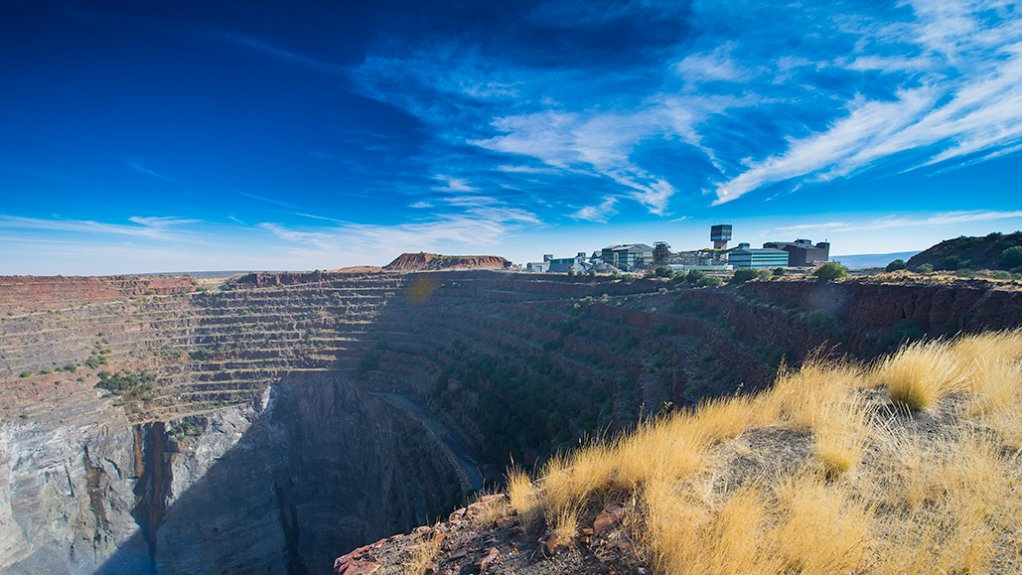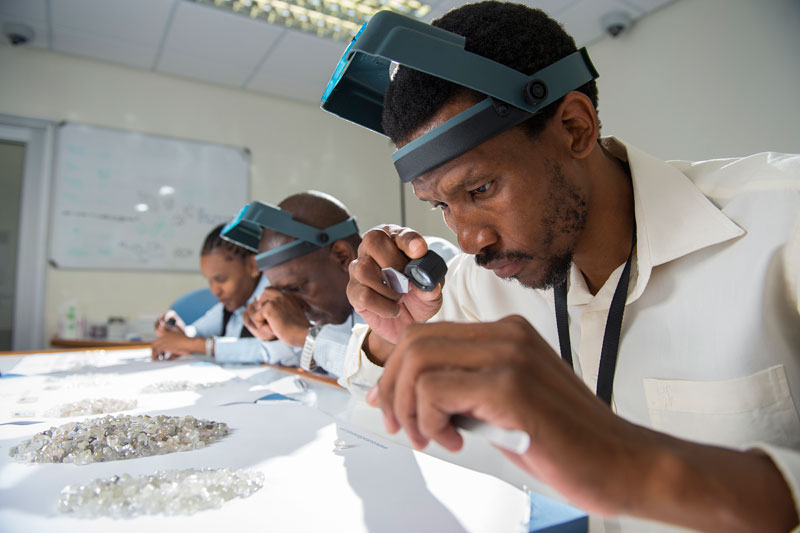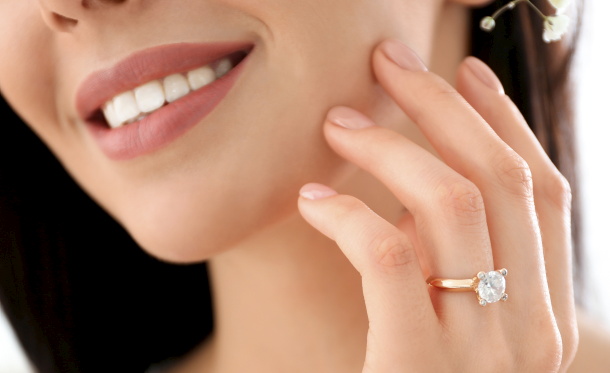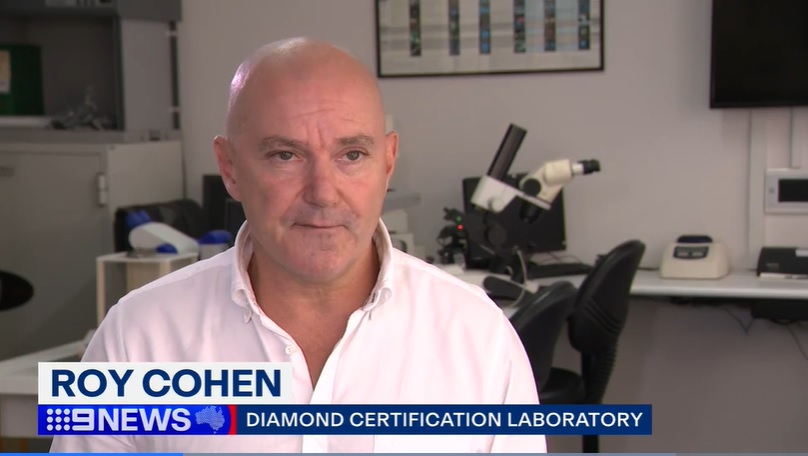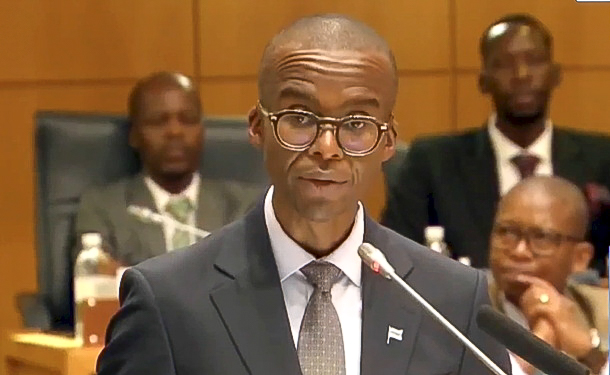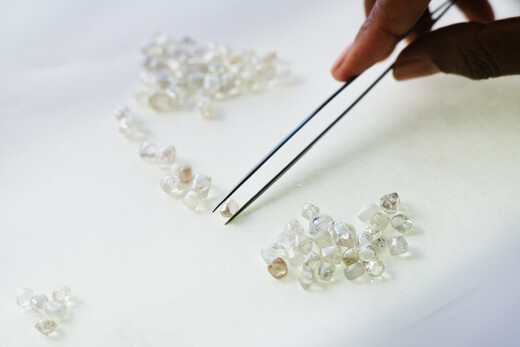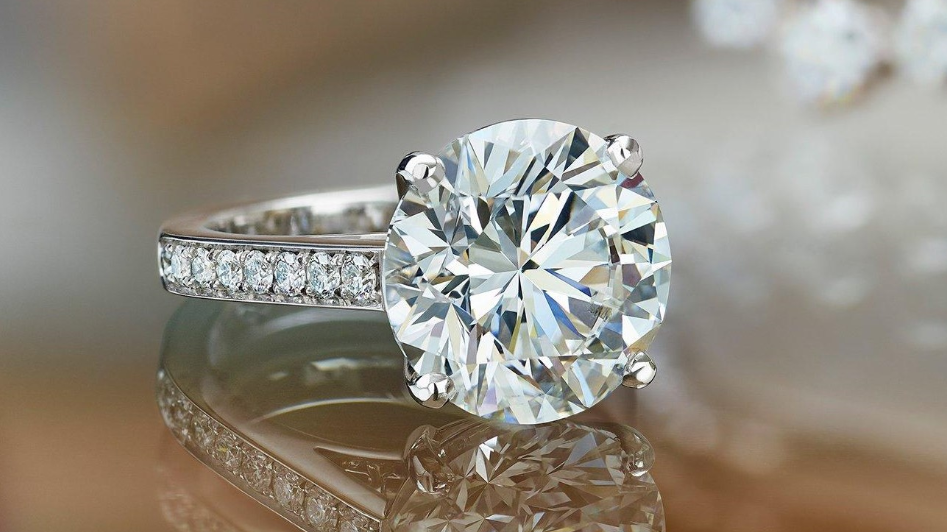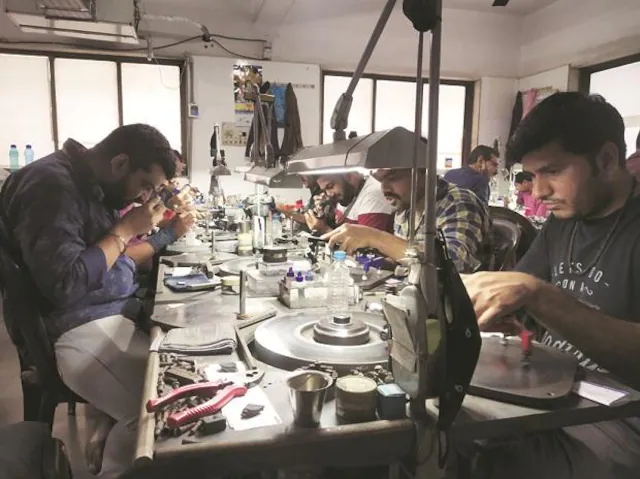
Anglo American’s troubled ownership of the De Beers group was brought into fresh focus on Thursday as the mining company announced a fresh multibillion-dollar write-down of the diamond group it’s trying to restructure.
De Beers, which nearly 80 years ago introduced the masses to the immortal phrase “A diamond is forever,” has lost its shine in recent years amid declining demand for diamonds, partly a result of the growth of cheaper, allegedly more sustainable lab-grown alternatives, and also from declining demand in its crucial Chinese market.
Anglo announced a $2.9 billion write-down in the value of De Beers as part of its 2024 annual results on Thursday. It was the second valuation reduction in two years, after a $1.6 billion write-down in its 2023 earnings.
De Beers now has a book value of around $4 billion, meaning the company has more than halved from a 2023 valuation of $8.5 billion. The current valuation includes a $2 billion stockpile of diamonds it has struggled to shift amid the downturn in the industry.
“It’s been a bad year for rough diamond sales,” De Beers CEO Al Cook told the FT in December.
Lab-grown diamonds and Chinese issues
Duncan Wanblad, Anglo’s CEO, described the 2024 trading conditions for rough diamonds as “extremely challenging,” citing high midstream inventory levels and depressed demand in China for a steep drop in sales in the second half of the year. Anglo expects to remove 10 million carats from planned production this year, after removing 6 million in 2024.
De Beers has faced an identity crisis amid a drop-off in demand for authentic diamonds. That has partly been driven by brewing demand for lab-grown diamonds.
The group entered the lab-grown business in 2018, aiming for sustainability-minded customers. However, that proposition aligned with their relative affordability has caused the product to cannibalize some of De Beers’ customers, and it exited that market in 2024.
Wanblad said the lab-grown headwinds were surmountable. John Heasely, Anglo American’s finance director, suggested the expected continued decline in prices for lab-grown diamonds would continue to bifurcate the two markets, reducing the chance of lab-grown diamonds cannibalizing the genuine market.
In China, which has reduced the cumulative demand for diamonds by 40% in the last two years, Heasley noted changing behavior among retailers was adding to its inventory headaches.
The finance director said retailers in the country had started selling their polished diamonds back into the midstream market to recoup some of their expenditure. This led midstream inventories to spike in the first half of 2024, keeping the company’s rough diamond inventory fixed.
Anglo restructures De Beers
Anglo has sought to restructure De Beers into an independent operation, which could result in either a sale or an IPO of the diamond company.
However, this restructuring has been delayed owing to myriad industrial headwinds the company has faced.
Wanblad said of De Beers: “I’m really not expecting much traction or progress in the first half of this year.”
Wanblad says it has agreed a framework with the Botswana government, which is a 15% owner in De Beers, to help it potentially initiate a formal sale process after receiving several “unsolicited inbounds” for the diamond company.
Source: Fortune

